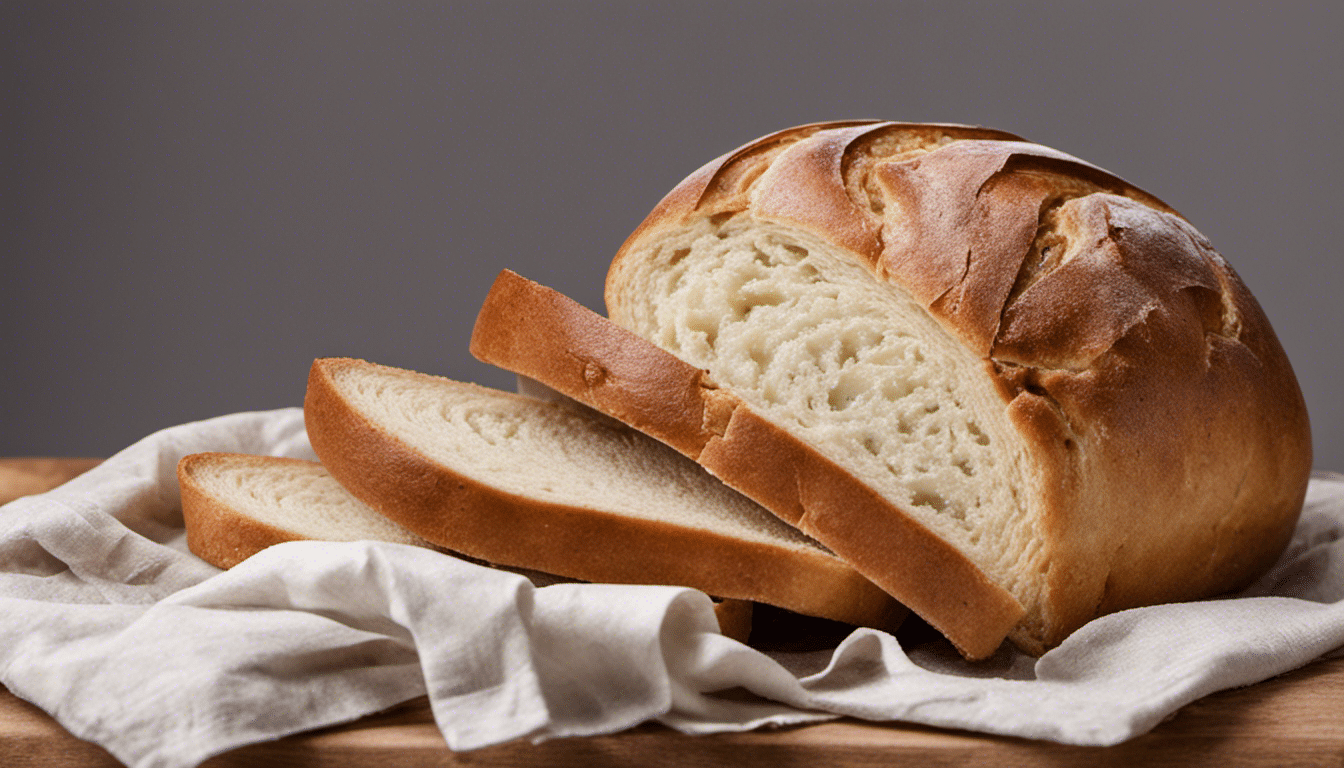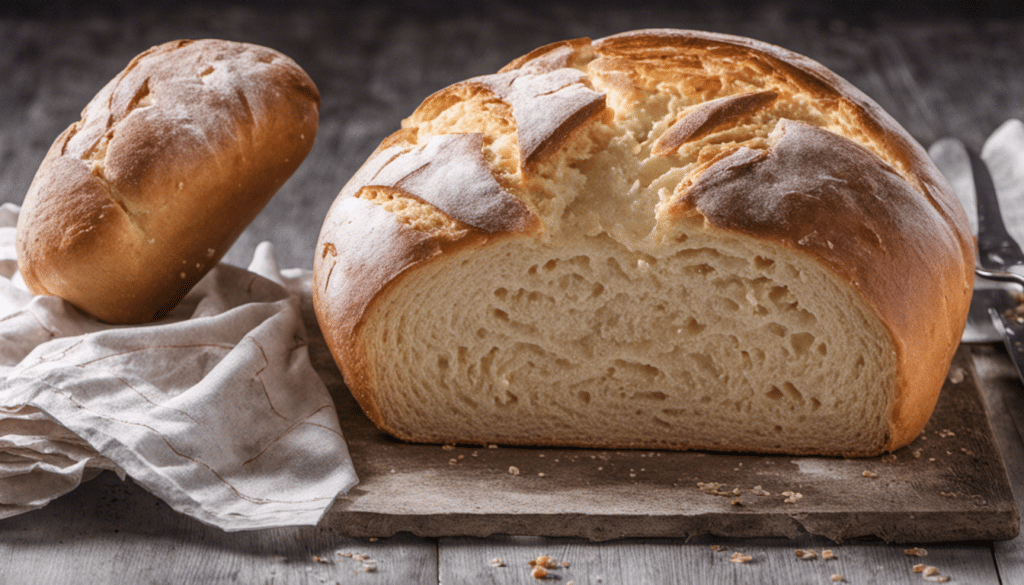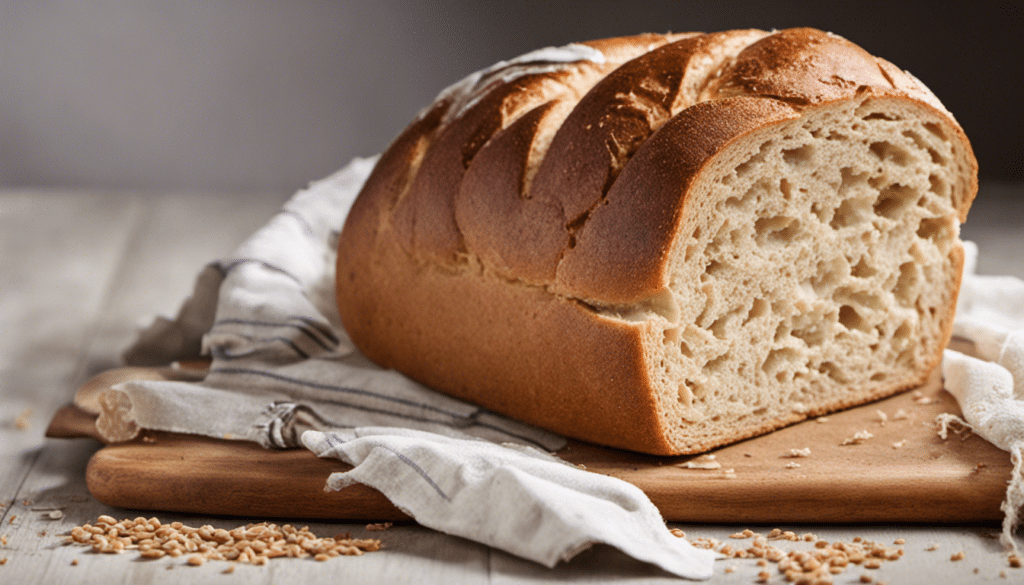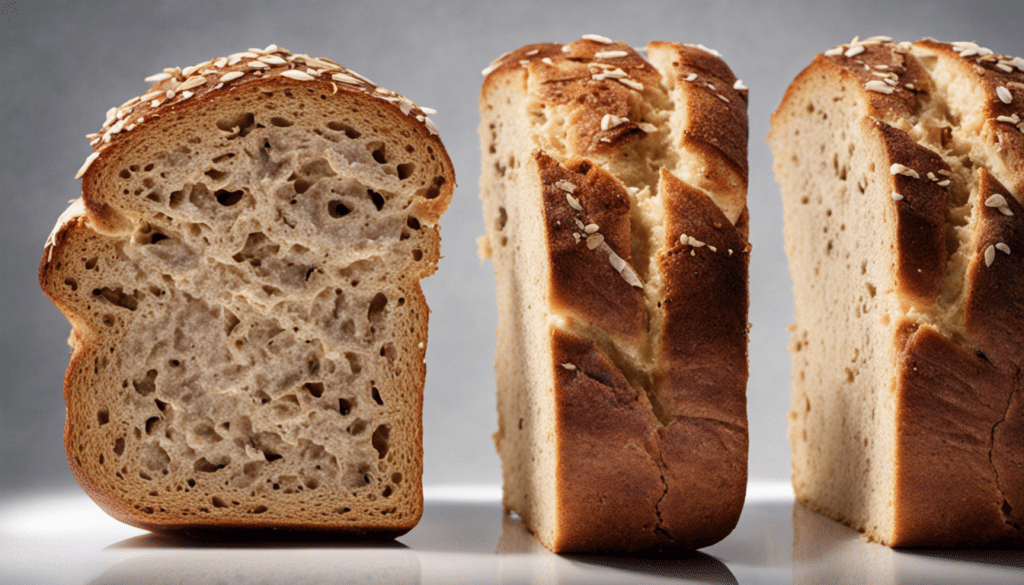| Prep: 15 mins | Cook: 25 mins | Difficulty: Easy | Serves: 6 |
| 2 cups of Yucca (Cassava) flour |
| 1/2 teaspoon of salt |
| 1 cup of water |
| 2 tablespoons of oil (for cooking) |
| kcal | fat | saturates | carbs |
| 187 | 5g | 0.7g | 33g |
| sugars | fibre | protein | salt |
| 2g | 2g | 1g | 0.2g |
About Casabe
Casabe – quite the adventure for your palate. Originating in the far reaches of the indigenous cultures of the Amazon and the Caribbean, this tantalizing bread takes center stage in a plethora of dishes, enhancing tenfold the flavours it rubs shoulders with. Contrary to many commercial, gluten dense breads, the Casabe presents a gluten-free reality as its key component is Yucca, also known as Cassava. It’s an extremely versatile addition to any culinary repertoire, allowing for pairings with both sweet and savoury accompaniments.
Historical and Cultural Significance of Casabe
Casabe has been a staple in indigenous cultures for generations, adorning tables and filling stomachs long before modern dietary trends knocked on our door. With a rich history that can be traced back to the Amazonian and Caribbean tribes, this bread has a cultural significance that your everyday loaf can hardly compete with. The indigenous peoples mastered the process of extracting the toxic prussic acid from the Cassava root to produce a flour that results in the famous Casabe bread. For a deeper understanding of this intriguing evolutionary process, here’s an infotaining article about the past and present of Casabe and its practice.
Dishes to Enjoy with Casabe
One of the notable traits of Casabe is its ability to accompany an array of dishes. If your direction leans towards the savory, use it as a base for bruschetta, adding fresh tomato, basil, and a generous drizzle of olive oil for an Italian spin. Your tastebuds will be singing across oceans as you revel in the delightful crunch and unique taste of this Yucca creation.
For those adventurous souls who want to spice things up, the bread also proves to be an excellent add-on for a Spanish tapas party. Toasted alongside garlic prawns, or with a sprinkling of spicy chorizo, the Casabe adds a sublime contrast. Here’s an elaborate list of Spanish tapas to inspire you.
And if your cravings tend towards the sweet, fear not! Casabe pairs wonderfully with honey, jams, and fruit compotes too, providing a satisfying crunch to offset the sweetness of such accompaniments.
The Health Implications of Casabe
For those nodding their heads in the direction of a healthier lifestyle, Casabe might just be the hero you’ve been waiting for. Being gluten-free and high in fiber, it can be a boon for those battling celiac disease, gluten intolerance or any digestive disorder. Additionally, it has a relatively low Glycemic Index compared to other breads, promoting better blood sugar control. This informative research article sheds more light on the perks of including Casabe, and Cassava in general, in your diet.
Breaking traditions is fun, and what better way to do it than with a piece of history as delectable and versatile as the Casabe bread. It’s about time we embraced its unique charm and celebrated the magic of Yucca/Cassava in our everyday culinary endeavours!
What You’ll Need
- 2 cups of Yucca (Cassava) flour
- 1/2 teaspoon of salt
- 1 cup of water
- 2 tablespoons of oil (for cooking)
Method
Step One
Start by mixing the 2 cups of Yucca (Cassava) flour with 1/2 teaspoon of salt in a large bowl.
Step Two
A little at a time, add 1 cup of water to the Yucca and salt mixture. Stir consistently to ensure the flour absorbs the water evenly. The final result should resemble a slightly moist, crumbly dough. If the mixture is too dry, add extra water a teaspoon at a time until you achieve the right consistency.
Step Three
Divide the dough into small balls about the size of a golf ball. Using a tortilla press or rolling pin, flatten each dough ball into a circle with a thickness of about 1/4 inch. If you don’t have a tortilla press, you can place the dough balls between two pieces of plastic wrap and press down with a flat-bottomed pan to achieve the same effect.
Step Four
Preheat a non-stick skillet or griddle over medium-high heat. Once hot, add a small amount of oil to lightly coat the pan’s surface. Note: The original recipe does not require oil but adding a little enhances the taste and texture of the Casabe.
Step Five
Carefully transfer a flattened dough piece to the hot skillet. Cook each side for about 3-4 minutes or until golden and slightly crisp. Adjust heat as necessary to prevent burning.
Step Six
Repeat the process with the remaining dough, adding more oil to the pan as needed.
Step Seven
Once cooked, transfer the Casabe to a plate and let it cool completely. They will become crisper as they cool. Enjoy as is, or top with your favorites like cheese, ham, avocado, or honey.




